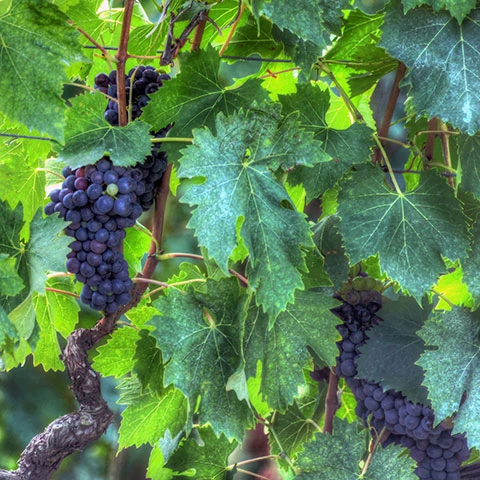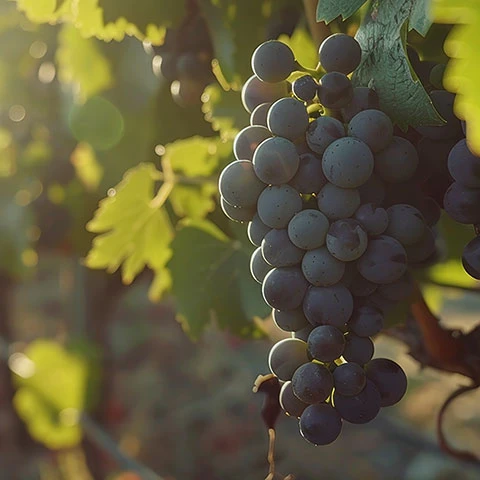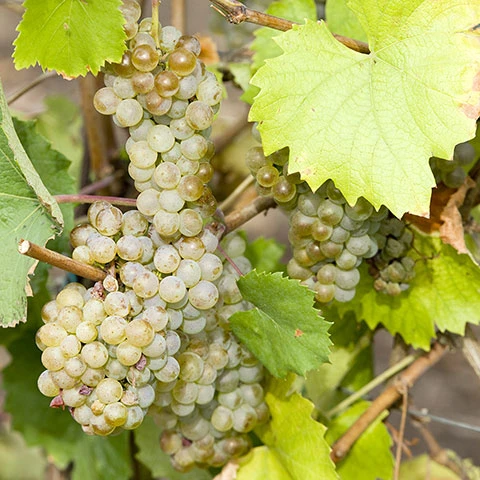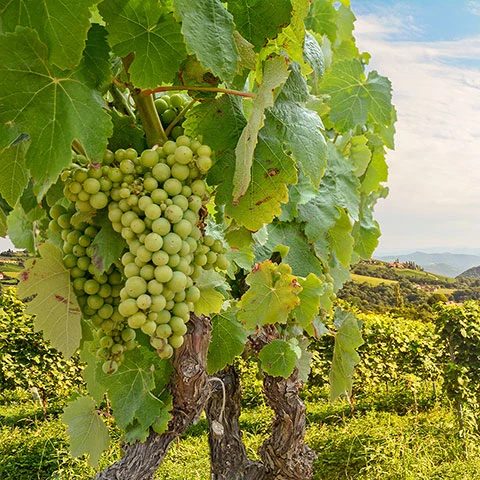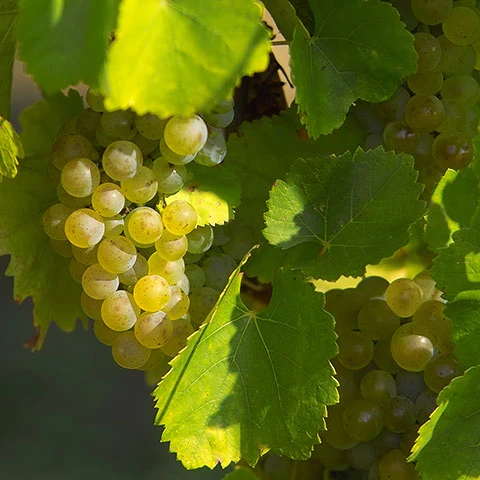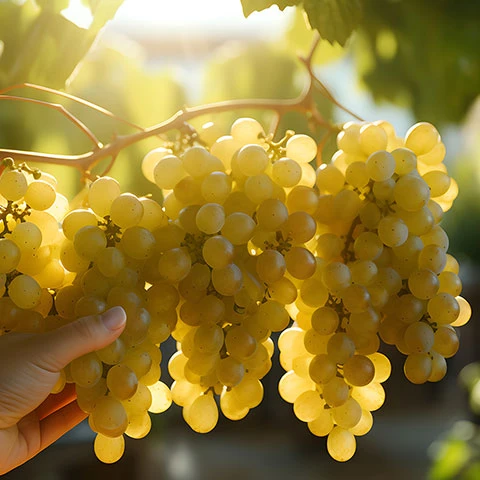Black Riesling / Pinot Meunier grape variety
Schwarzriesling, also known as Pinot Meunier or Müllerrebe, is a red grape variety that is mainly native to France and Germany. In France, it plays an important role as a traditional component of the cuvée in Champagne in particular, while in southern Germany it is also often found as a rather simple, single-varietal still wine. In terms of flavour and quality, Pinot Meunier can be described as the little brother of Pinot Noir. It does not achieve the complexity and depth of its big brother, but delivers wines that are rich in acidity, not too alcoholic and rather light in colour. This - as well as its relative resilience to frost and cold - explains its particular suitability for sparkling wines. As a still wine, it delivers good drinking and everyday wine quality with mostly beautiful blackberry or cherry fruit and refreshing acidity. However, it is usually out of place on the fine dining table.




